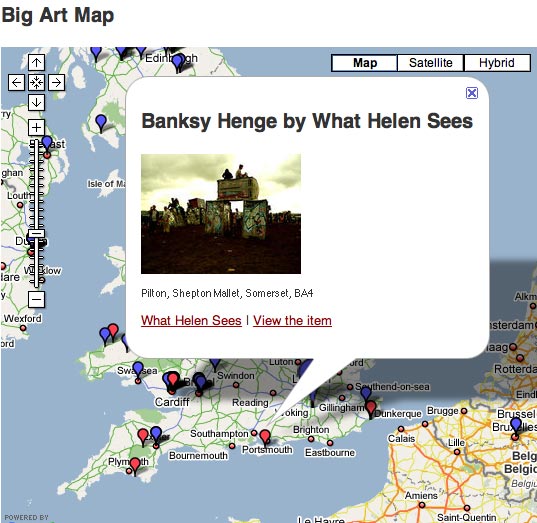It’s hard to feel sorry for a newspaper company that boasts sales of eight million for its morning and four million for its evening editions, so when Atsushi Sato took to the stage at the Beyond the Printed Word conference, in Dublin today, to say that his company’s mobile sites were suffering and that newspaper circulations were down, there weren’t too many tears shed.
Sato, deputy manager of the digital division of Japan’s Asahi Shimbum newspaper company, told delegates that the Golden Age for mobile news sites, in Japan, was on the way out.
Most of delegates are still waiting for mobile news in their respective markets to move out of the primeval swamp and climb into a clattering carriage marked ‘destination: the Gold Age of Mobile News’, so it was something of a surprise to hear that the problems that rancour some in Europe and are keep their mobile operations down to a very minimum are the very same reasons, according to Sato, that the Japanese Golden Age is coming to an end.
And what’s the problem? Why the mobile operators.
Sato said that the machinations of shifting price tariffs amongst the three mobile companies that run the Japanese market – NTT Docomo (53 per cent market share), VIDDI (30 per cent) and Softbank (17 per cent) had caused many Japanese to switch operators and thus break the subscriptions through which they pay for access to mobile news sites.
He added that operators had been developing free content portals, which had been deflecting more and more traffic away from the paid-for services, and operators were also, effectively, blocking links to his paid-for sites with their portals.
The reticence of young people to pay for online content and people viewing free web pages designed for PC viewing on mobiles was also adding to the problems.
Sato did, however, outline the strategy that has brought Asahi such great success. The first mobile site, Asahi NikkanSports, was launched in 1999. It now boasts 700,000 to 800,000 subscribers.
The company’s strategy was to then spin similar satellite sites off the successful site, using its own content and that gleaned through partnerships, then link and promote from the original.
So spawned – amongst others – Asahi Lifeline news, for emergency and traffic news, using 15-second video stories, Nikkan Geino for entertainment news and a site dedicated to supplying electronic books and comics.
Asahi Shimbum operates 12 mobile websites, he added, with around one million subscribers paying monthly for access to one of the sites – with each site being run by a staff of six.
This contributes to the digital division of Asahi Shimbum making $33 (US) per year – a whopping one per cent of total company sales.
Oh, how the other delegates yearned for his millions-of-mobile-dollars problems…
